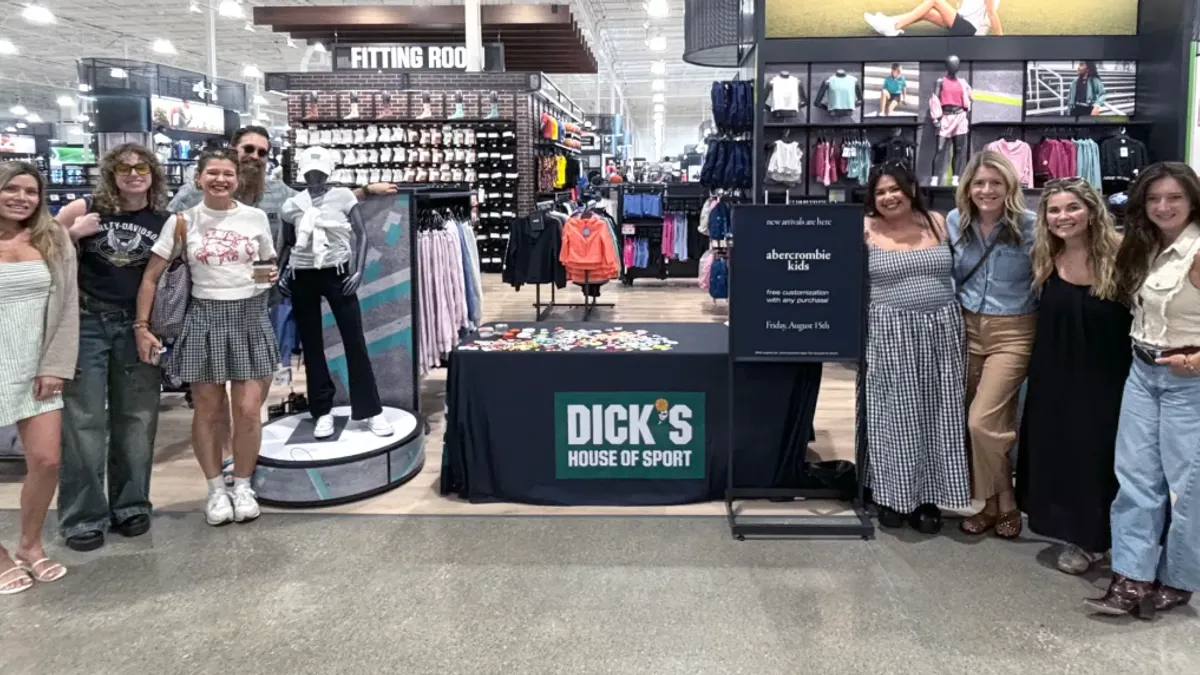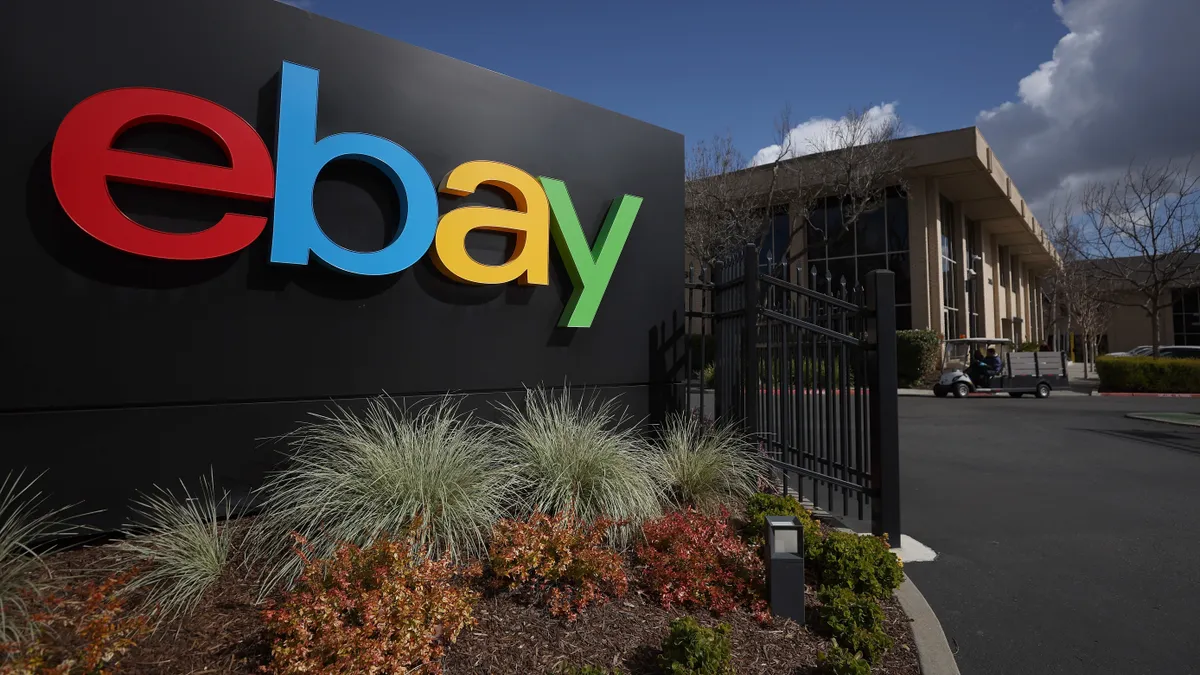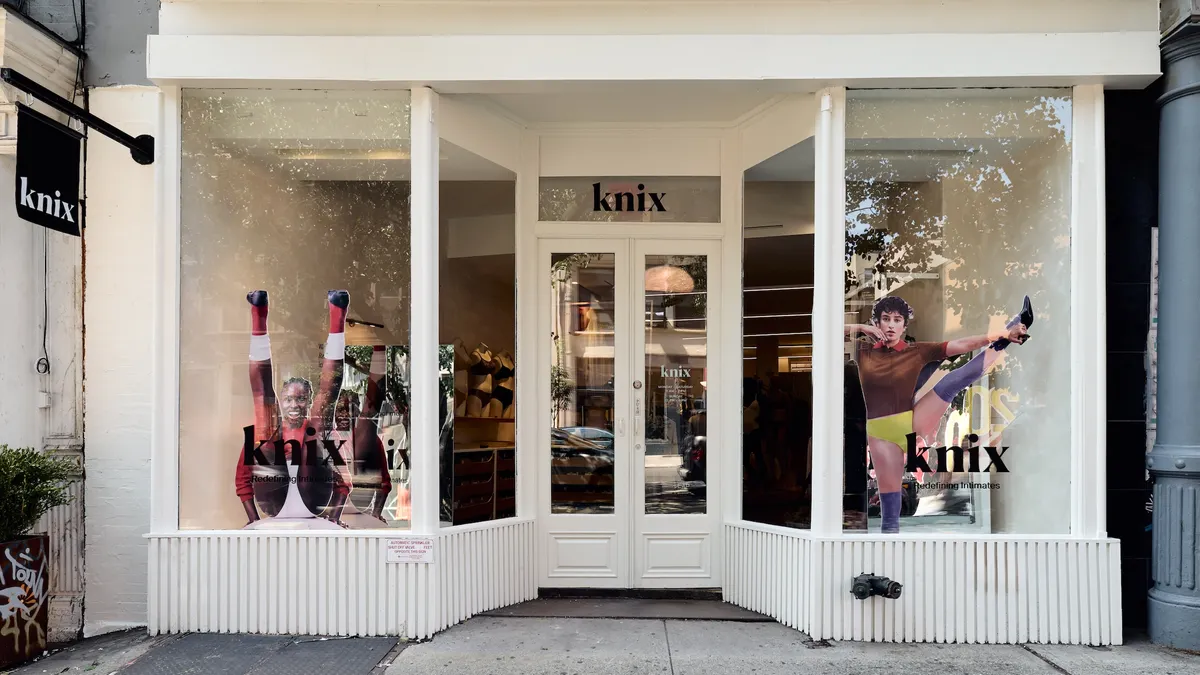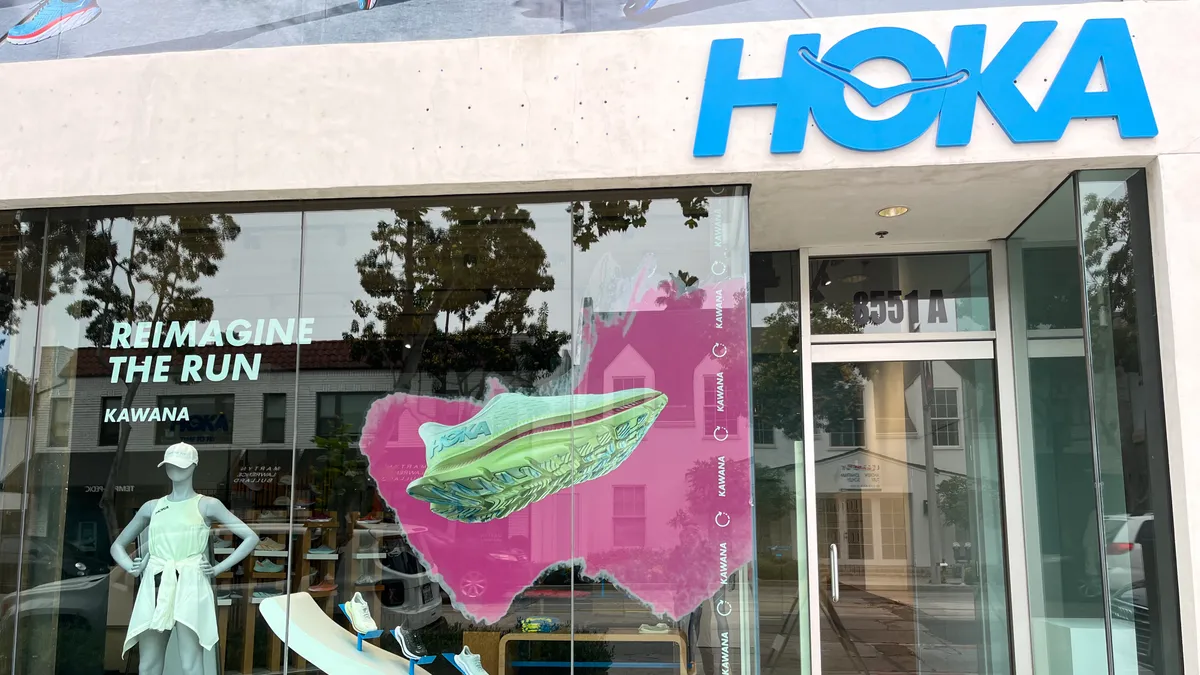The 2016 holiday shopping season was another happy one for retailers, as consumers spent about $100 more on average than they did during the 2015 holiday rush. But it might be tough for the industry to get too excited about its growth when it continues to be reminded of how much money it's leaving on the table.
About $4.6 trillion in merchandise was left in online shopping carts in 2016, according to a Business Insider report released just before the holidays. Furthermore, Listrak’s Shopping Cart Abandonment Index reveals that cart abandonment rates averaged close to 78% during the previous six months, rising as high as 81% on Thanksgiving and 83% on Christmas Eve.
Listrak’s data reinforces the notion that cart abandonment is a year-round problem, but right now we’re in the midst of the time of year when retailers and marketers are especially sensitive to it.
“The holidays, from a marketer’s perspective, are the start of their big revenue season, which also stretches into the early part of the year to include events like the Super Bowl and the Oscars [this year taking place Feb. 26]," Adam Solomon, vice president of re-marketing firm PebblePost, told Retail Dive.
Looking for answers
Retailers and product marketers continue to look for solutions that can help them slow the rate of abandonment and guide a few more of those lonely carts toward checkout. At minimum, they would like to respond to that abandoned cart in a way that somehow still leaves the customer with a positive feeling about their brand.
There is no shortage of theories for how to reduce cart abandonment. Lowering product prices, trimming shipping costs and other add-on fees, and simplifying the checkout process are all seen as potential solutions. Tom Caporaso, CEO of Clarus Commerce, the company that operates FreeShipping.com, said the ideal — and most obvious — way to curb cart abandonment is to stop it before it happens. No surprise that Caporaso advocates offering free shipping as the best way to do that, referencing a Baymard Institute study showing that shipping charges and related checkout fees are the reason shoppers cite most for abandoning carts.
“The good news is that 58% of shoppers say they’d add items to their cart to qualify for free delivery,” Caporaso told Retail Dive, adding that stripping that ship charge often leads to higher revenue per cart.
Caporaso admitted that free shipping isn’t the only thing retailers need to do or should do about cart abandonment. “Other necessary solutions include streamlined checkout flows, so shoppers aren’t filling out seemingly endless form fields just to make a purchase, and stable, fast-loading sites, so shoppers who want to place orders can actually do so in one quick, easy shot.”
Redefining direct mail
A lot of ideas for how to address cart abandonment are also things retailers should be doing anyway to remain competitive in the market. And even if they do everything they can before checkout to prevent cart abandonment, shoppers may still walk away for personal or logistical reasons, or any number of other factors.
But there is still a need for viable responses to cart abandonment after the fact. The fight to save the sale — and the customer relationship — shouldn’t be over after the customer walks away. Where retailers arguably need the most help is developing dynamic and direct responses to an individual shopper who may have just abandoned hundreds of dollars worth of merchandise in an online cart, but might still be open to making the purchase.
Companies such as PebblePost and SmarterHQ are exploring new ways to enable retailers to respond more quickly and in more informed and personalized ways to shoppers who have abandoned carts. Their solutions include fresh approaches for using two somewhat legacy marketing channels — direct mail and email.
Direct mail may seem an unlikely legacy platform for crafting dynamic responses, but PebblePost’s Solomon said it’s a format that still can appeal to customers if marketers can do better in personalizing the content of their messages. PebblePost developed what it describes as programmatic direct mail — a digital card that can be sent to small groups of users within hours after they have abandoned online shopping carts. The card can display images of items they viewed in their most recent shopping session, and offer them discounts on those specific products if they return to complete their purchases.
It’s a concept that requires PebblePost to work closely with retailers and marketers, and to access customer address and search data from their sites within hours of carts being abandoned. “When people who visit the site abandon their carts, we pick up the ball at that point,” Solomon said. “It takes 12 to 24 hours to print the card with the relevant images and message, and a couple of days for the mail to reach the customer in question.”
Solomon admitted that some consumers tend to sort through junk mail, toss a lot of it and set a few pieces aside that look interesting enough to take a second look at later. All PebblePost is aiming for is to land in the pile that’s worth another look.
“Response and conversions happen on a long tail,” Solomon said. “The expectation is that the consumer will not return immediately, but when they come back to the site, we can observe whether or not they take the offer and close the sales loop.”
The concept leverages personalization, a very current notion that many retailers and marketers are embracing, and uses it to fundamentally bring a legacy form of communicating with customers into a new century. “A lot of direct mail is sort of half-baked, but with this you have an understanding who your group of users is, and what they had been considering buying,” Solomon said. “It’s the best of both worlds — digital and conventional.”
Being a smarter re-marketer
While PebblePost moves within a few hours to build more dynamic direct mail from what customers have left in their carts, SmarterHQ jumps on the case even more quickly. The company uses behavioral analytics to help retailers craft more intelligent, contextual re-marketing and re-targeting campaigns that can be communicated to customers via email and through real-time website changes.
Katie Mueller, client success director at SmarterHQ, said most efforts used to fight cart abandonment can’t act in real time, and lack context. “Also, their reach is limited, so they’re only sending e-mails to people who are logged in on the website,” she said, and (echoing Solomon) added “They usually aren’t personalized with products that the customers engaged with.”
Some re-marketing and re-targeting systems also can be difficult to set up and manage, Mueller said, requiring the involvement of the corporate IT team and putting at a remove the marketers who most need to understand customer activity and respond to it. The SmarterHQ platform consumes customer behavioral data and makes it accessible in real time for marketers, along with identifying data that has been collected from previous email and website activity. This makes it easier for marketers to set up automated, triggered email campaigns that also are personalized to include products customers viewed.
Women-focused retailer Boston Proper sought out SmarterHQ in the fall of 2015 to help address its cart abandonment issues, and the retailer said after implementing the solution it was able to increase its reach by 24%, grow conversion by 13% and enhance last-click revenue by 81%. Mueller added that Boston Proper has since expanded from a single cart abandonment drip campaign to more email marketing campaigns, such as one aimed at up-funnel category browse abandonment. Another potential campaign could focus on communicating “back in stock” alerts to customers.
One thing any retailer or marketing pursuing a re-marketing strategy needs to ensure is that they don’t annoy customers by sending too many messages, which could drive them away for good. SmarterHQ allows the marketer one-click ability to set up suppression and frequency rules for sending re-marketing messages. Mueller said the ultimate aim is to make sure a customer that just left the shopping site “receives the right message at the right time, without overwhelming them.”
There is still another emerging technology tool that could be much more immediate and personal than either direct mail or email. In 2016, retailers and marketers began embracing chatbots in a major way, and these bots could offer an even more efficient channel to respond to cart abandonment, much in the same way that websites sometimes offer the ability to live chat if a browsing session goes inactive for a long period.
"If the customer is still on the site, a live chat or a chatbot could rectify the problem, or at least help identify it," Caporaso noted. Still, retailers may need to be careful how aggressively they use chatbots. Customers are still getting used to this emerging technology tool — and, as Mueller indicated, there is danger in overwhelming them with follow-up messages.
Is there such a thing as a complete cure for cart abandonment? Not likely. It's a fact of life for retailers, and not always due to a failing fo their own efforts, websites and checkout practices. Perhaps the best they can do is to communicate quickly and effective with customers — and to make sure they listen, too.




















